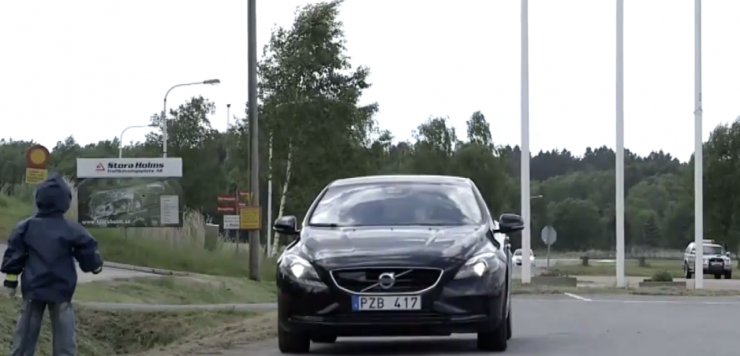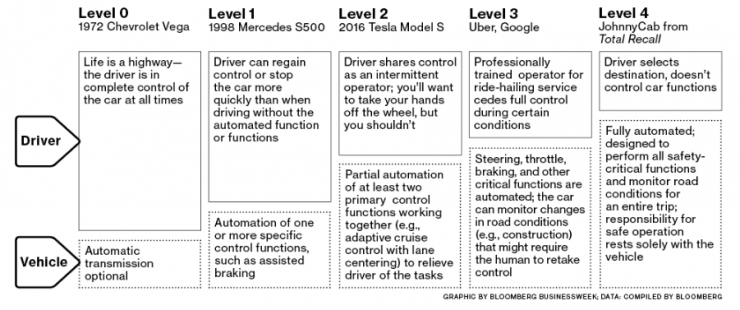
By the end of August, residents living in downtown Pittsburgh in the United States could call Uber’s self-driving car on their cell phones.
Uber's self-driving car in Pittsburgh was converted from a Volvo XC90 sport utility vehicle equipped with dozens of sensors, including cameras, lidars, and GPS receivers.
Uber and Volvo signed a cooperation agreement earlier this year, and both sides jointly invested $300 million to develop self-driving cars, and they are expected to be able to hit the road by 2021. Volvo plans to deliver 100 specially modified cars to Uber before the end of the year. However , the agreement signed by both parties is not an exclusive cooperation agreement, Uber also intends to cooperate with other car manufacturers.
In Pittsburgh, passengers can use the Uber app to call a car and may be randomly matched to a driverless car by the system. It is understood that the use of driverless cars is now free of charge. Uber CEO Travis Kalanick stated that taxi fares in the suburbs and the taxi fare when using a driverless car is also cheaper than using a private car.
Uber is currently testing cars still equipped with safety drivers, which is based on common sense and legal regulations. These professionally trained engineers sit in the car and keep their hands on the steering wheel, ready to take over the driving rights of the car. An engineer is also seated in the co-pilot position. Everything that happens inside and outside the car is recorded by the camera.
In addition, a tablet computer is provided in the rear seat of each car to remind passengers that they are riding a self-driving car and explain to passengers what is happening.

The National Highway Safety Administration (NHTSA) divides autonomous driving into five levels (screenshots from Bloomberg )
In a recent riding experience conducted by Bloomberg reporters, he found that safety drivers are also a key component of the entire experience.
He wrote that Uber’s self-driving car temporarily switched to non-autonomous mode when crossing the Allegheny River in the center of the city. The car horn sounded, which reminded the driver to take control of the steering wheel. After a few seconds, a "bang" will be heard, indicating that the car has returned to computer control. "The bridge is really difficult to walk. There are many such bridges in Pittsburgh," said the safety driver.
The reason why the bridge is difficult to walk is related to the way the Uber system works. In the past year and a half, Uber is drawing his own map. The map not only marked the streets and lanes, but also marked buildings, traffic lights, trees, and everything on the streets of Pittsburgh.
As the car moves, it begins collecting data and then compares them to the previous map to identify and avoid pedestrians, cyclists, and other obstacles.
Bridges, unlike ordinary streets, provide few environmental cues, such as no buildings. Therefore, it is difficult for a self-driving car to determine its location. Although Uber is equipped with a GPS sensor on the car, its accuracy can only be controlled within a 10-foot error range, and Uber needs to further improve its system accuracy.
Please pay attention to Lei Feng Network (search "Lei Feng Network" public number concerned) 's "New wisdom drive." WeChat added "AI-Drive" or "New Driver" to subscribe to the public number.
